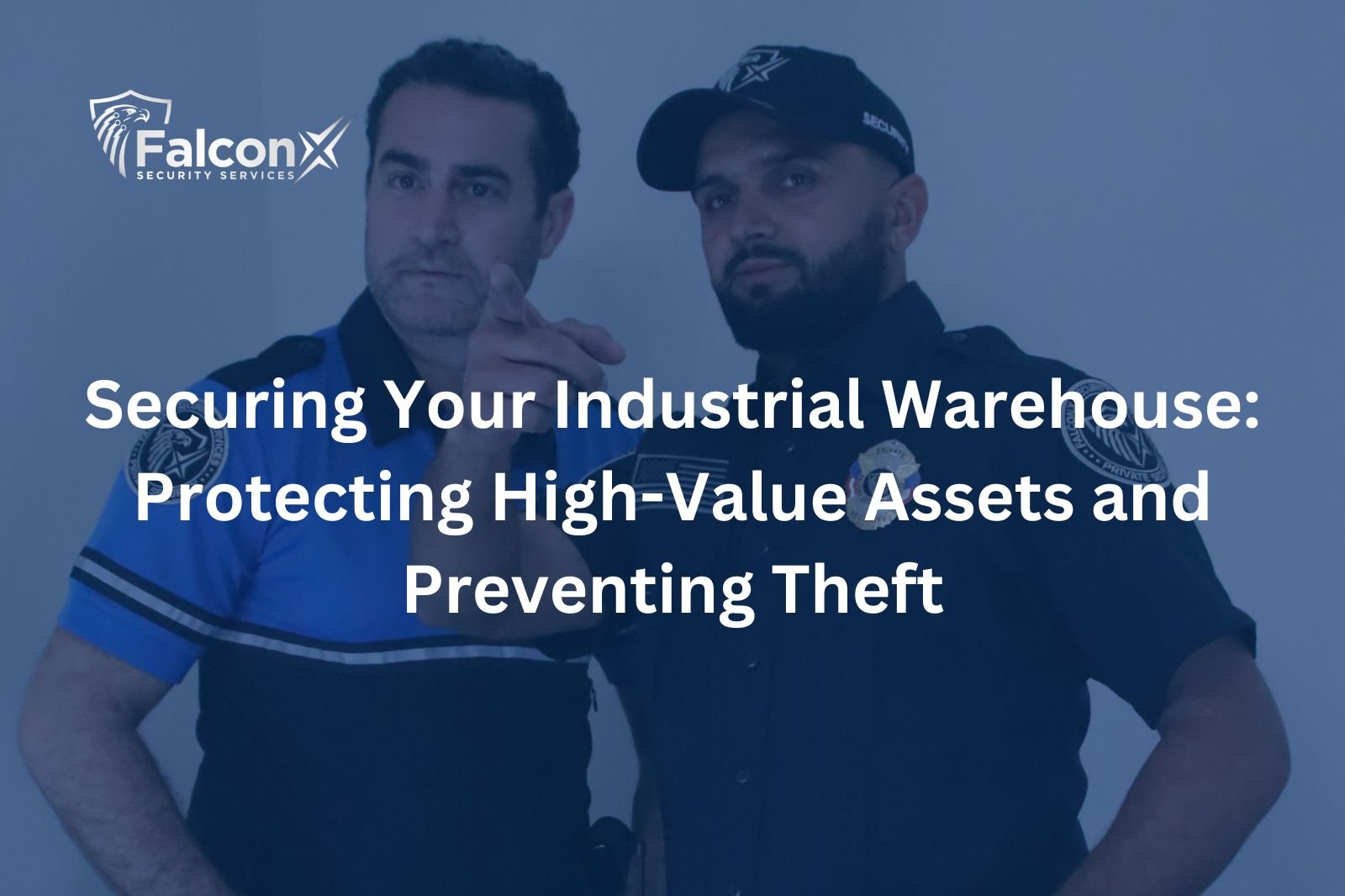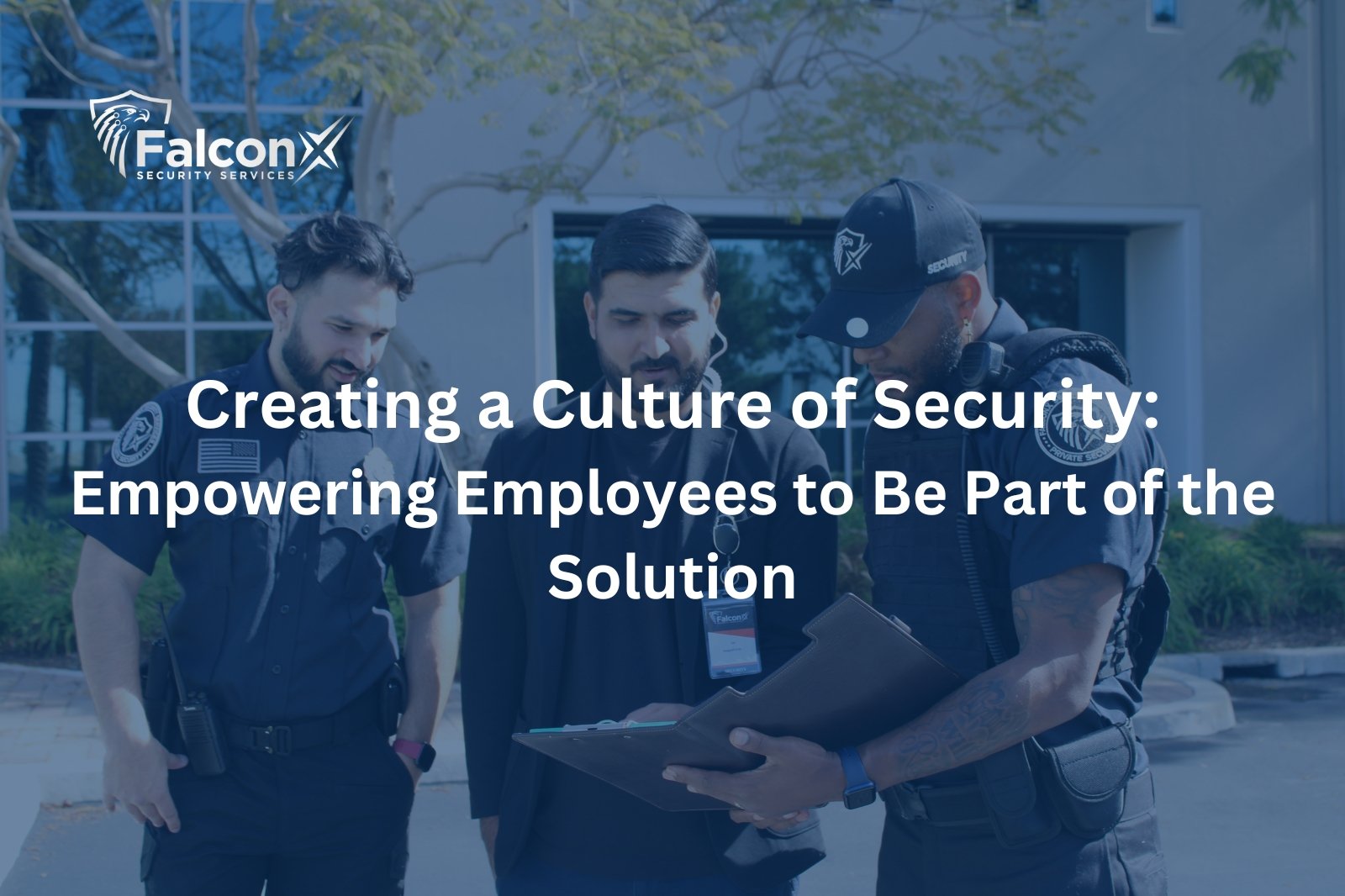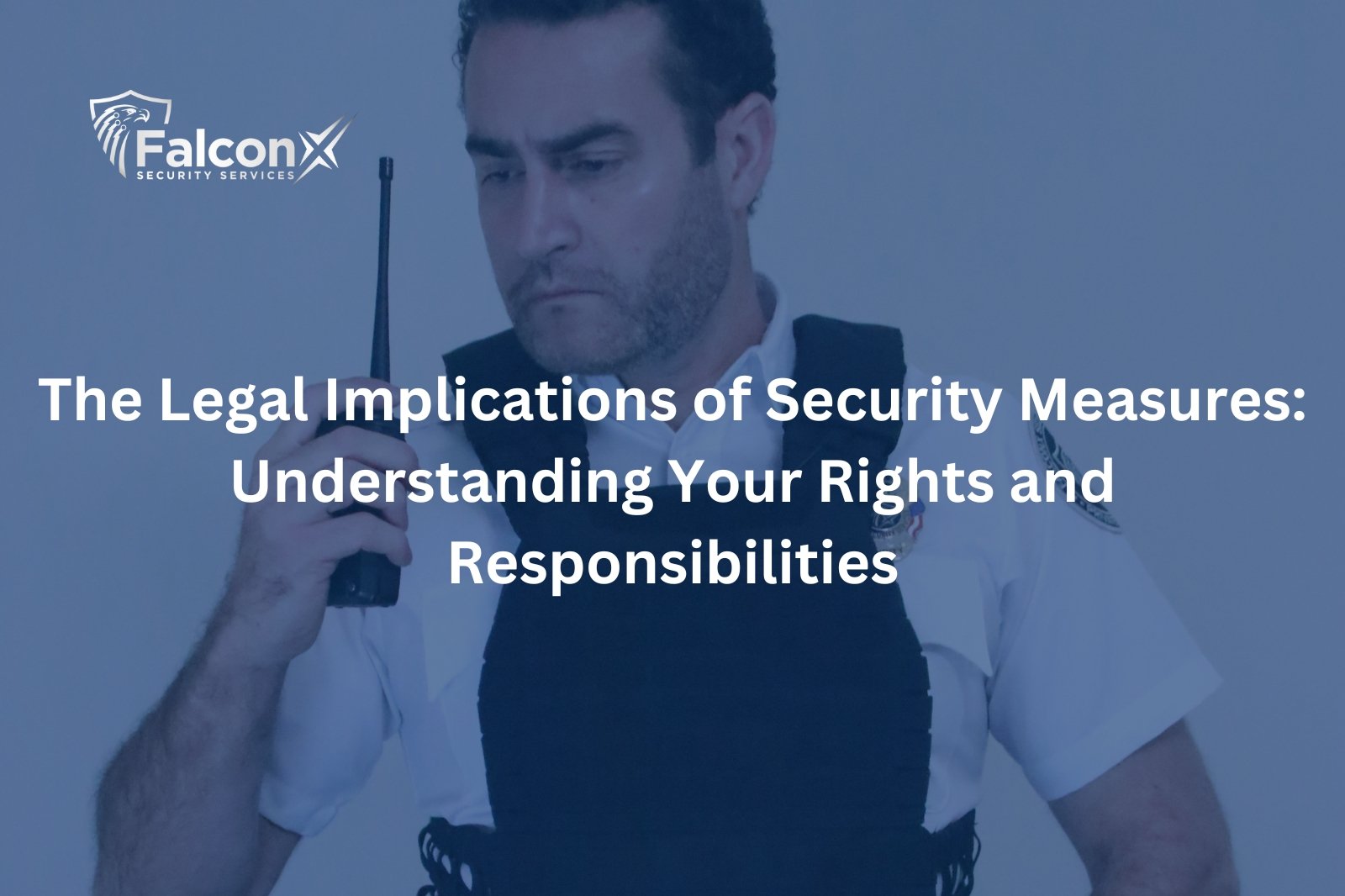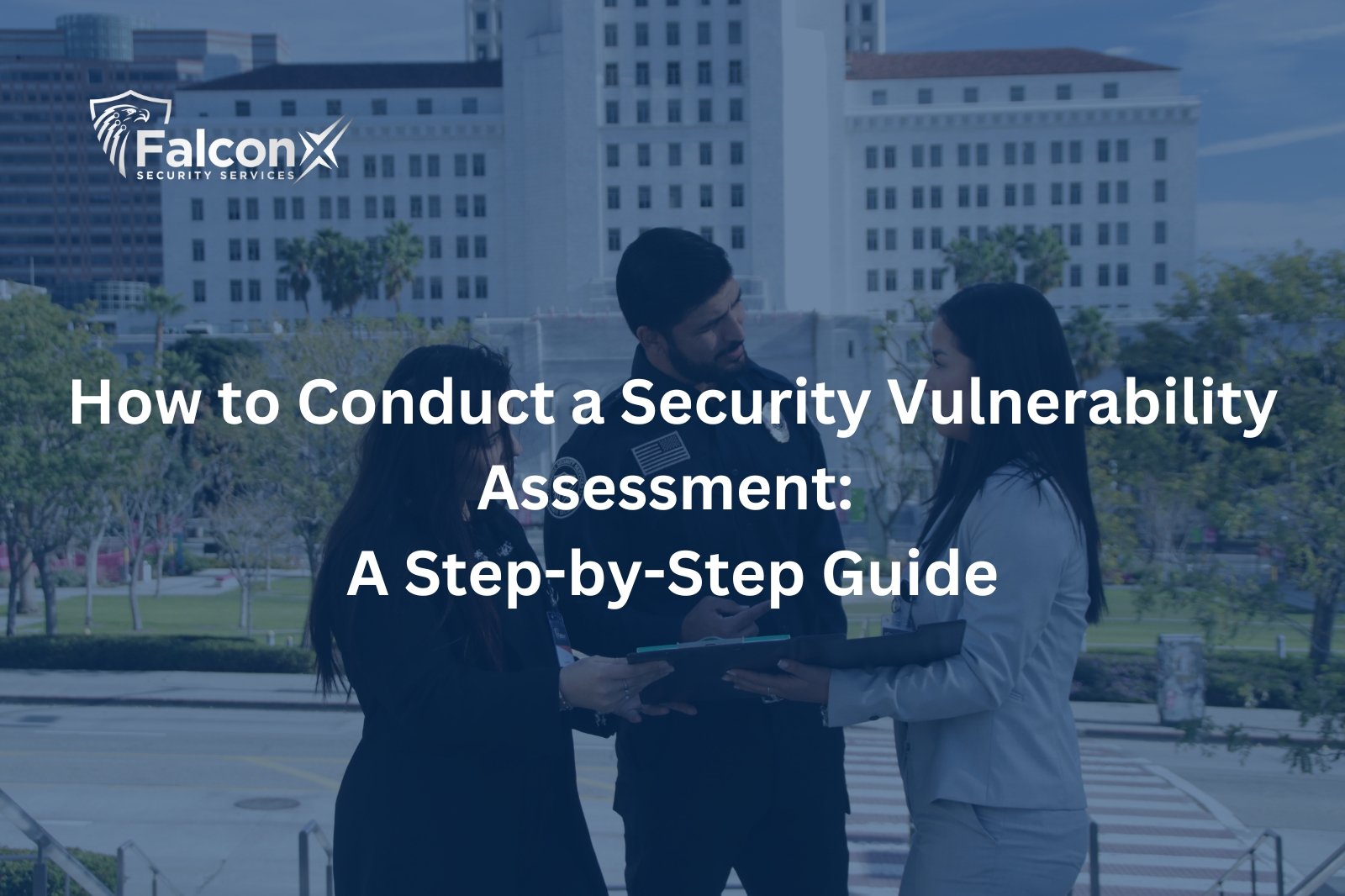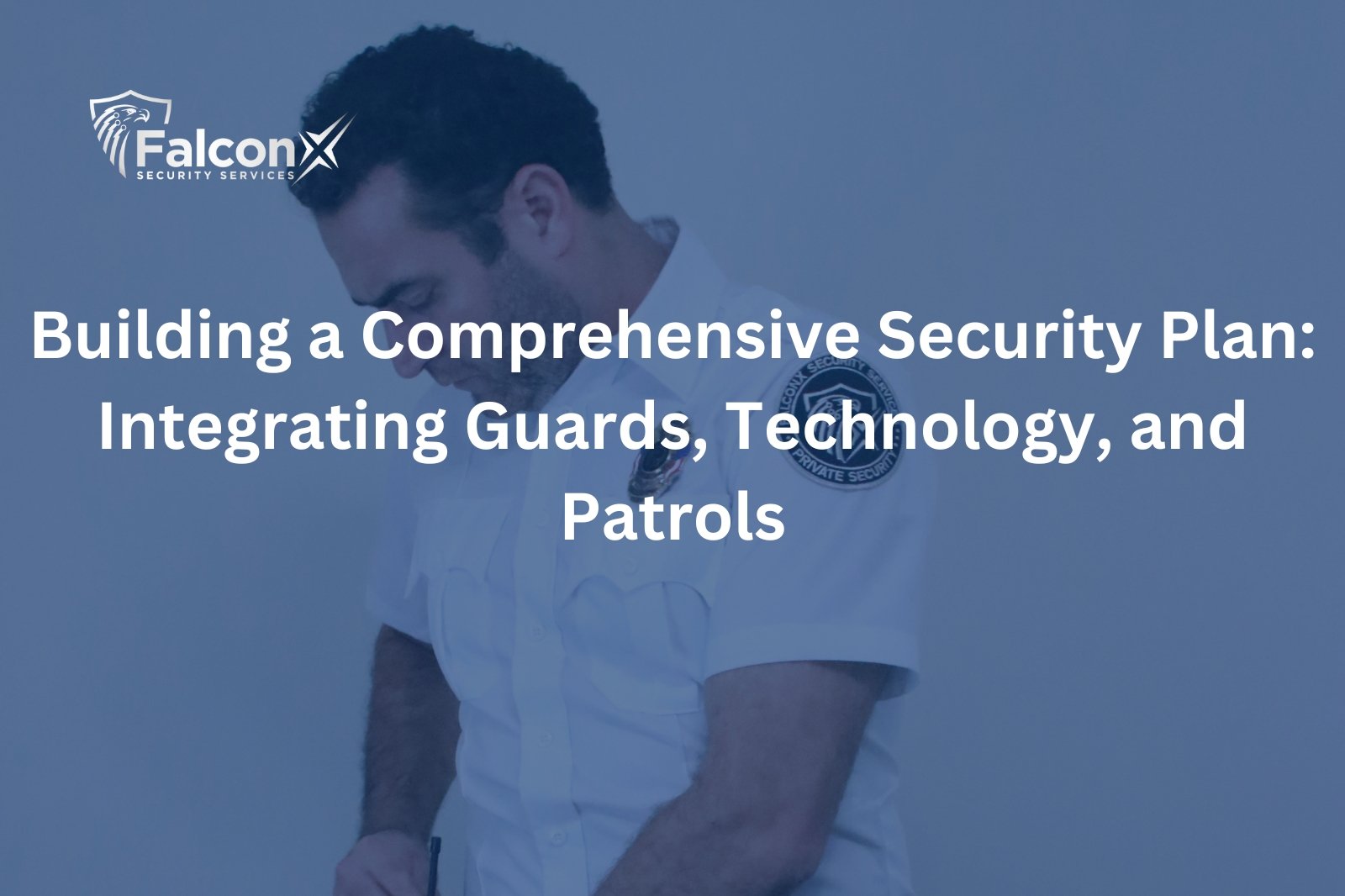Understand the difference between armed and unarmed guards. Get insights to decide the best security solution for your business or event.
Introduction
Security is one of the most important considerations for any business, event, or residential community. Whether you are protecting property, employees, or customers, the decision of hiring armed or unarmed guards is critical. Both provide valuable services, but which one is right for your situation?
In this guide, we’ll explain the differences, weigh the pros and cons, and show you how to make the best decision for your unique needs.
What Are Armed Security Guards?
Armed guards are security professionals who carry firearms and are trained to respond to high-risk situations. They undergo strict licensing, background checks, and advanced firearms training before being allowed to work.
They are often used in:
- Banks and financial institutions
- Jewelry stores and luxury retailers
- Government buildings
- VIP and executive protection
- Businesses in high-crime neighborhoods
Advantages: Strong deterrent, ability to stop violent threats, reassuring in risky settings.
Disadvantages: Higher cost, liability risks, and may intimidate the public.
What Are Unarmed Security Guards?
Unarmed guards provide security without firearms. Instead, they rely on observation, communication, and de-escalation skills. They play a huge role in maintaining safety in lower-risk areas.
They are commonly seen in:
- Residential communities and apartments
- Retail stores and malls
- Schools, colleges, and libraries
- Corporate offices
- Public events and concerts
Advantages: Cost-effective, approachable, ideal for customer-facing roles.
Disadvantages: Limited against violent threats, may need police backup in serious emergencies.
Armed vs Unarmed Guards: Quick Comparison
To make the differences clear, here’s a simple side-by-side comparison:
| Factor | Armed Guards | Unarmed Guards |
| Training | Firearms handling, strict licensing, and advanced safety protocols | Conflict resolution, surveillance, and customer service |
| Cost | Higher ($35–$50+/hour) | Lower ($20–$30/hour) |
| Deterrence | Strong against violent crime | Effective against theft and trespassing |
| Public Perception | Reassuring in high-risk areas, intimidating in casual spaces | Approachable, friendly, community-oriented |
| Best Suited For | Banks, VIPs, high-crime areas, high-value sites | Residential areas, retail, schools, events, low-risk settings |
Key Factors to Consider
When deciding which type of guard to hire, consider these points:
- Nature of the threat – Is your property at risk of violent crime or just petty theft?
- Location – High-crime areas may require armed guards, while quiet neighborhoods may not.
- Type of property – Residential complexes often prefer unarmed guards for a friendlier presence.
- Budget – Armed guards are significantly more expensive.
- Public perception – A firearm may reassure some but create discomfort for others.
- Legal/insurance requirements – Some industries or sites require armed personnel by law.
Industry-Specific Recommendations
- Businesses & Retail: Unarmed guards work well for theft prevention, but armed may be necessary for cash-heavy or high-value operations.
- Residential Communities: Unarmed guards maintain a welcoming, safe environment.
- Events: Unarmed guards are suitable for small to mid-sized events, while armed guards may be required at large festivals or high-risk venues.
- Construction Sites: Unarmed guards deter trespassers, though armed may be justified for sites with expensive equipment.
- VIP Protection: Armed guards are almost always necessary due to personal safety concerns.
Cost Breakdown
- Unarmed Guards: $20–$30 per hour
- Armed Guards: $35–$50+ per hour
While unarmed guards are more budget-friendly, armed guards provide additional protection for high-risk settings. Remember, choosing the cheapest option isn’t always the safest—security should be seen as an investment in peace of mind.
The Importance of Training
No matter which option you choose, the quality of training makes the biggest difference. A well-trained unarmed guard may be more effective than a poorly trained armed guard. Always ensure your security provider offers:
- Background checks
- Ongoing training
- Certifications
- Customer service skills
Conclusion
Both armed and unarmed guards play an important role in keeping people and property safe. Armed guards are ideal for high-risk situations where serious threats are possible, while unarmed guards are effective, affordable, and approachable for everyday security needs.
The right choice depends on your risks, location, budget, and the environment you want to create.
If you’re unsure, working with a trusted provider like FalconX Security Services can help you evaluate your needs and choose the best solution. With trained professionals available 24/7 across California, FalconX ensures that your people, property, and peace of mind are always protected.

